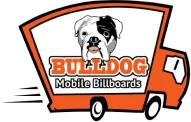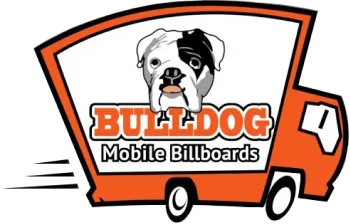Your Client’s Message On A Segway
How to buy what’s the big thing in street team campaigns
By Deigo Vasquez
Feb 2, 2009
Street teams are becoming an ever more popular way for advertisers to connect with consumers on a one-to-one basis, especially in urban settings and public gatherings, such as conventions, where team members can create opportunities to talk up the product and get feedback as well.
One reason behind that rising popularity is the Segway, the two-wheel scooters many street teams now use.
The obvious advantage of a Segway is mobility. Streets teams can move that much faster, getting to more places and more people, and going wherever people can.
But there are other perks as well. Segways become events in themselves, whether just moving about or tricked out with ads or other means to engage consumers.
To find out how to get your client’s message on Segways, read on.
This is one in a Media Life series on buying the new out-of-home venues. They appear weekly.
Fast Facts
What
Advertising on the streets using Segway scooters.
Who
There are a number of companies that provide street teams trained to operate Segways. For this article Media Life looked at EMC Outdoor in Newton Square, Penn., Lucent Advertising in Costa Mesa, Calif., and Brand Marketers in New York.
How it works
Advertising on Segways is attractive to marketers because it offers the movement of a mobile outdoor campaign but also the interaction of a traditional street team campaign.
Segways can and do travel where many other mobile ad vehicles can’t, be it in city traffic, into public parks and onto lawns, on the floor of convention centers for trade shows and in inside retail outlets, as well as on sidewalks. And they don’t need permits from the police.
Segway teams have a way of attracting attention just by their presence, but there’s also a lot that can be done to the vehicles that’s very campaign-specific. Scooters can be fitted with a shield that covers the front of the unit and is wrapped with an advertiser’s creative. Creative can also be placed on the scooters’ wheels, much like hubcap advertising on cars.
The drivers can wear branded clothing to create a unified look, even appearing in costumes. They can hand out flyers and samples and they can be prepped to talk up the product with whomever they meet, as a mobile sales team.
Segways can tow along small billboards, typically 4-by-4-foot signs that can be illuminated at night.
Segways can also be turned into mobile multimedia advertising kiosks with video screens and sound and computers that allow consumers to interact directly with the advertiser.
In a campaign for Nintendo, Segways were equipped with widescreen TVs that connected to a Wii gaming console, allowing passersby to try out the popular videogame system.
A campaign for USA Today equipped scooters with a computer screen and a wireless mouse and invited passersby to surf the newspaper’s web site.
And at the opening of the Newseum news museum in Washington, D.C., last spring, Segways equipped with video screens rolled around the grounds airing a loop of video featuring comments on the museum from well-know news personalities.
Markets
Segway advertising is available in any market where there are street teams for hire.
Numbers
As with street teams, there’s no real data that measures the effectiveness of Segway campaigns, since each campaign is unique with its own objectives.
How it is measured
Impressions can be calculated using such measures as crowd estimates, foot traffic counts and attendance data for events. Where there’s sampling, individual drivers can keep tallies of how many products were given away. And web traffic tallies can be used where there’s an interactive element.
What product categories do well
Categories that work well on Segways include entertainment, movies, TV networks, videogames, insurance, banking, cell phones and auto.
Demographics
Street teams on Segways can target virtually all demographics, going wherever people gather, and within gatherings they can further target, approaching people who fit a certain profile, for example elderly women at sporting events.
Making the buy
Brand Marketers hires out street teams of Segway drivers, and the scooters can be equiped with 19-inch and 32-inch video screens. Campaigns vary in price based on a variety of factors, including the length of the campaign and location, but generally they range between $1,000 to $2,000 per day per unit, plus any production costs associated with creative.
Lucent Advertising Segways come with drivers and such add-on options as video and sound and tow-behind trailers mounted with signs measuring 4 feet by 4 feet. Costs range between $150 to $350 per hour per unit.
EMC Outdoor Segways also come with multimedia options and trailer signage. Again, pricing depends on a number of factors, but a three- to five-day campaign managed on site by EMC ranges between $10,000 and $15,000.
Who’s already on Segways
Segway advertisers include Nintendo, State Farm, Sprint, USA Today, Yahoo, Mercedes, Starbucks, Newseum and Wells Fargo.
What they’re saying
“To me it’s not always about riding them around, it’s about finding a good position and posting up on a high-traffic corner, outside of a stadium, or at a retail location. If it’s moving, you can’t have interactive experiences with people.” – Adam Hollander, creative producer at Brand Marketers
This Article © Media Life Magazine. Reprinted with permission. www.medialifemagazine.com


